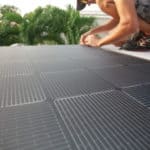
MENUMENU
TALK TO AN EXPERT
Special Hours: 7AM – 6PM PST
TALK TO AN EXPERT
Special Hours: 7AM – 6PM PST
In the 18th and 19th centuries, homesteaders made their way across the U.S. in search of a fresh start and new life. They gave up everything they knew, endured grueling conditions, and worked to establish the land they had been given. In the same spirit as traditional homesteaders, modern homesteaders are leaving behind societal norms in search of more independence and sustainability. While there are varying degrees of independence achieved by modern homesteaders, they are all reducing their reliance on grid systems and moving away from the rampant consumerism of modern society.

When you hear the term “homesteading,” what comes to your mind? For most in North America, images of covered wagons, pulled by horses, slowly making their way across desert landfill their minds. These early pioneers were European immigrants who made their way across the continent in search of new land, desiring to spread across the U.S. and gain more independence from the government systems they attempted to leave behind. This unequivocal picture of rugged individualism was an early instance of people pursuing homesteading.
In an effort to expedite the distribution of still widely unsettled land in the U.S., Abraham Lincoln signed the Homestead Act of 1862. This revolutionary piece of legislation allowed a homesteader to lay claim to a 160-acre parcel of land, with a filing fee being the only amount of money required. The only stipulation was that in order to claim the title, the homesteaders had to work to improve and utilize the land they settled on. Through this act, from 1862 until 1976, “270 million acres, or 10% of the area of the United States, was claimed and settled.” These homesteaders walked away from everything they knew in search of a fresh start.

“Homesteading is a lifestyle of self-sufficiency. It is characterized by subsistence agriculture, home preservation of food, and may also involve the small-scale production of textiles, clothing, and craft work for household use or sale.” Moving away from villages, towns, cities, and other types of communal living, traditional homesteaders embraced a more isolated and individualistic lifestyle. Leaving behind the constructs of their previous society, homesteaders brought their families to a new place where they had to be completely self-sufficient. Starting with just the items they were able to pack into their covered wagons, these homesteaders established a new life on their own terms.
Today, the practice of homesteading lives on with modern homesteaders. Similar to traditional homesteading, modern homesteaders move away from more populated areas and modern living standards to develop raw land and become more self-sufficient. While the government no longer offers free land, many people are foregoing the conveniences of modern living to pursue a slower, more independent pace of life.
While homesteaders of the past were forced to create everything that they needed for daily living, there are various degrees of modern homesteading. Although some still practice traditional homesteading on rural land where they make all their own goods and food, others are pursuing urban or suburban homesteading.
“Urban (and suburban) homesteading means growing your own food, to whatever degree possible, in the city.” These individuals and families live in urban and suburban areas and still take advantage of some modern supply systems. What makes them homesteaders is their desire to grow and produce their own food, cook things from scratch, and pursue a more sustainable lifestyle. Whether these homesteaders live on their own, off-grid property, near town, or even in a city, modern homesteaders pursue self-reliance and sustainability to various degrees, depending on what is best for their families.
Modern homesteading revolves around establishing less reliance on various types of grids. “A grid is any system that provides us a resource or anything of value that’s systemically created that we rely on outside of ourselves.” In addition to the electrical grid, plumbing and clean drinking water, medical care, banking systems, public schooling, grocery stores, and the traditional internet all come from a grid. “Homesteading is not defined by where someone lives, such as the city or the country, but by the lifestyle choices they make.”

Initially arising from enticement by the national government to populate and utilize as much of the nation’s land as possible, homesteading became motivated by individuals who wanted to “practice living frugally or self-sufficiently.” However, the spirit of traditional homesteading remains very much alive in modern homesteaders in the U.S. today. As modern living has become defined by over-consumption, heavy reliance on broken government systems and supply chains, and obsessive automation, homesteaders are pursuing a different lifestyle.

Decades of industrialization and automation have created numerous modern luxuries that, in some senses, have created a much better standard of living for most people. However, none of these benefits come without a cost. Adverse environmental effects, the impacts of scarcity on modern food distribution systems, and steadily increasing amounts of toxins and chemicals in household products have driven homesteaders to leave some of these modern luxuries behind.
Although the core desires of most homesteaders remain the same, there are a variety of reasons someone would choose to practice homesteading. While some seek a deeper connection with nature and others hope to eliminate some of their housing and utility costs, a lot of modern homesteaders have concerns with traditional infrastructure and want to achieve more self-reliance. Whether a homesteader seeks to simply produce their own food and energy or create all their household necessities from scratch, they’re all moving away from societal norms to create life on their own terms.

Generally, for many modern homesteaders, the first step to pursuing independence is establishing your own food production systems. Simply starting a garden and growing your own produce is an easy way to reduce reliance on grocery store supply chains. With more land and other resources, homesteaders can raise their own livestock for meat and other animal products. Additionally, many homesteaders focus on canning and preserving a large quantity of food to store and have on hand to increase self-sustainability further. This brings added benefits of monetary savings and more whole-sourced ingredients.

For urban and suburban homesteaders, access to public water distribution systems allows them not to have to worry about getting water for their daily activities. Off-grid homesteaders are faced with another challenge in this respect. If a municipal water source is not available or desired, homesteaders will create rainwater collection systems, access natural springs and rivers, or drill a well on their property. This step is essential as water is necessary for drinking, cooking, cleaning, growing plants, taking care of animals, and just about every part of everyday life. In addition to establishing a water source, homesteaders typically need to find a way to store excess water for later use. Water “storage systems are extremely important. No matter your system, you need a way to collect and store that water. This is especially important if you’re in a dry area with little rainfall.”
Rounding out the core essentials for homesteaders pursuing self-sustainability is finding ways to use food as medicine and opting for natural remedies. The medical system is heavily entrenched in the grid, “and much of healthcare is designed to treat the sick instead of keeping individuals healthy.” Many homesteaders look to ditch this backward approach and opt to implement natural medicinal herbs into their daily lives. Additionally, many of these medicinal herbs can also treat ailments, decreasing reliance on over-the-counter medicines and other temporary fixes. While some homesteaders still take advantage of some modern healthcare, pursuing natural remedies reduces the need to utilize such systems.
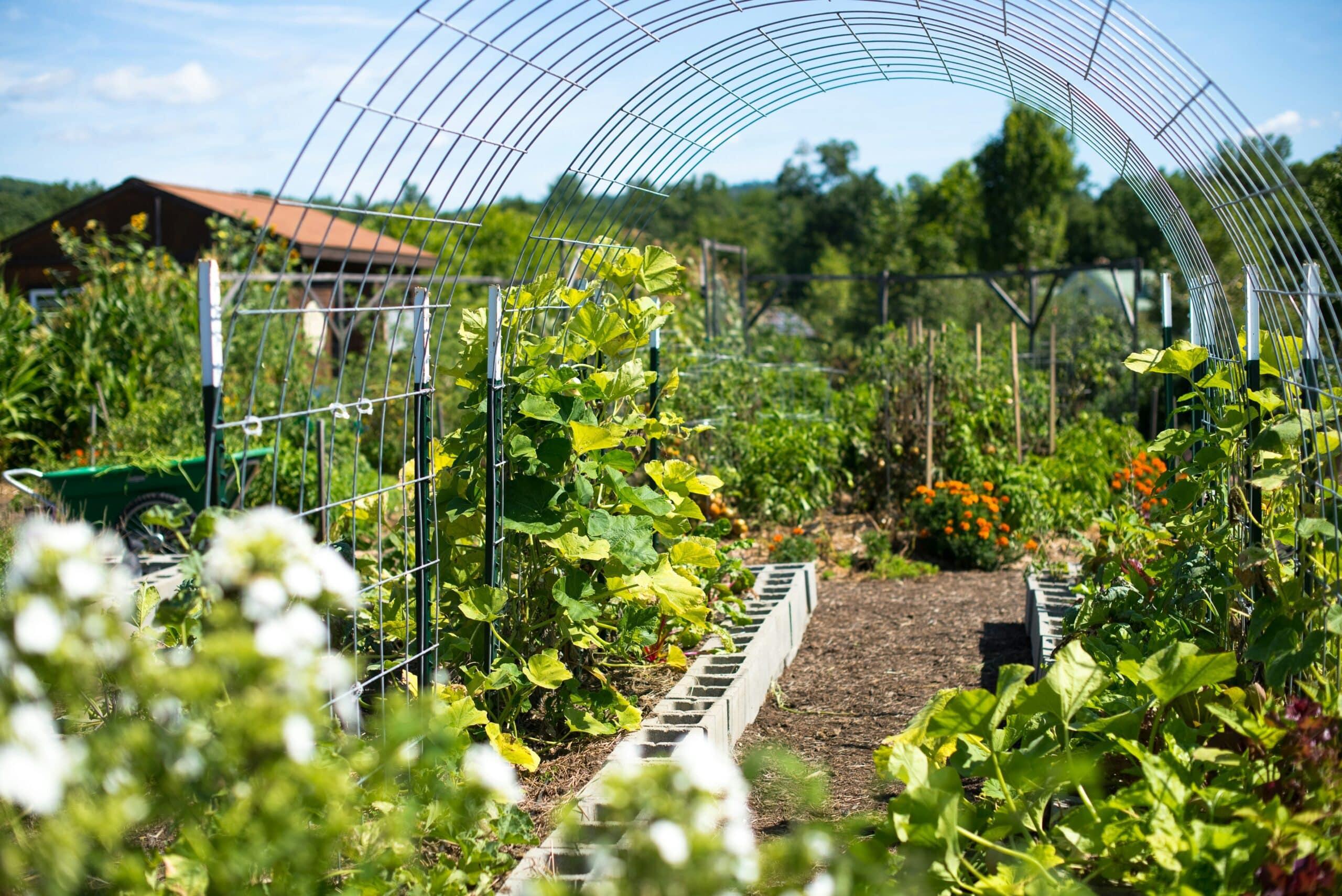
In addition to establishing ways to produce on self-source the essential things for life, modern technology and taking advantage of natural resources allow homesteaders to move fully off the grid if they desire to do so. An off-grid homestead takes this to the next level. In addition to producing your own food and household items, an off-grid homestead also has its own power and sources its water and sewage. These off-grid homes take independence and self-sufficiency to the next level by producing nearly everything they consume.
Aside from ensuring you have food and access to fresh water, you can enjoy the comforts of home while off-grid. From simple pleasures to full-on luxuries, the options are endless for creating your dream off-grid home. Whether you want a residential refrigerator, a washer and dryer, a TV, a hot tub, or any other electronics, you need to ensure you have the proper resources. With the right off-grid power solution, you can have everything you would have in a grid-tied home. “Modern homesteaders often use renewable energy options including solar and wind power.” These energy generation systems, paired with energy storage like Battle Born Batteries, ensure homesteaders will always have power even when their sources are intermittent.

Homesteaders striving for a more extreme level of independence and self-sustainability may find ways to source and produce all their own goods. Whether they’re using natural ingredients to create cleaning supplies, choosing to homeschool their children, or even making their own clothing, these individuals truly embrace to traditional notion of homesteading. For the modern homesteader, access to the internet, purchasing pre-made furniture and clothing, and taking advantage of schooling resources are still a necessary part of their lifestyle. In these cases, modern homesteaders tend to repurpose items, shop second-hand as often as possible, and focus on minimalism.

Regardless of the degree of independence you hope to achieve on your homestead, the key is to start slowly. “Anytime you step away from industrial systems or from “the grid,” you engage in homestead activities. Use the space you currently have and work into developing more homesteading modes.” Rather than jumping full-force into homesteading and risking everything like traditional homesteaders had to, modern homesteaders have the luxury of pursuing self–sustainability over time. Every step you take to reduce reliance on various grid systems will bring you one step closer to the independent homestead you desire.
Rather than being defined by where you live or how much you produce, “modern-day homesteading is the mindset of being a producer instead of a consumer.” Becoming a homesteader simply starts with small switches that create a more sustainable lifestyle. Modern homesteaders reduce reliance on grid systems by producing more than they consume. This allows them to live more independently and spend more time focused on the things that are most important to them.

If you want to achieve power independence or move your homestead off-grid, we would love to help you set up your system! Whether you’re looking to add supplemental power to reduce your reliance on municipal power or create a completely off-grid system, our technical experts can help you create full system integration. You can start by calculating your power requirements using our battery calculator and then reach out to a member of our team at (855) 292-2831!
Shop Best Sellers
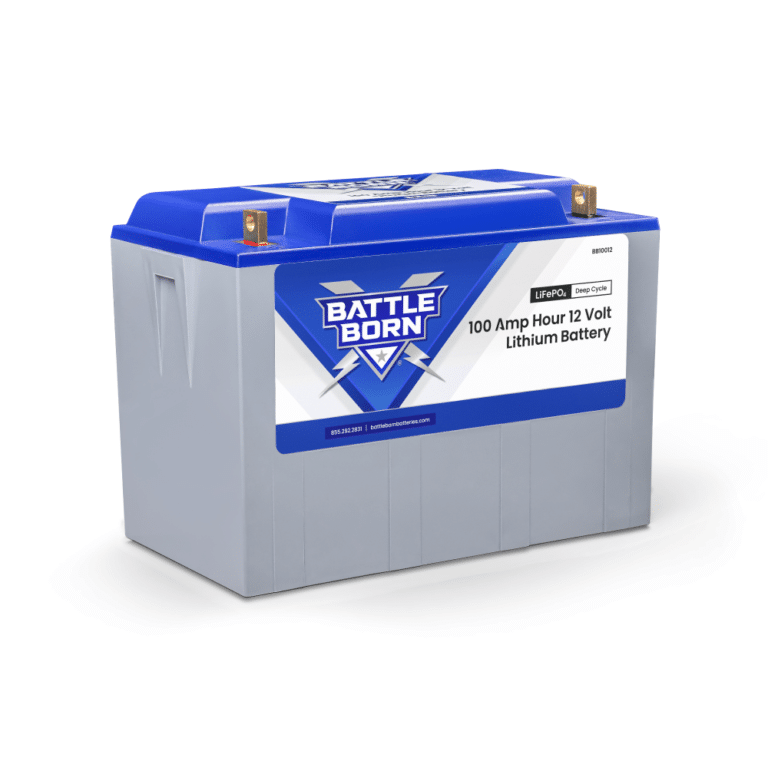
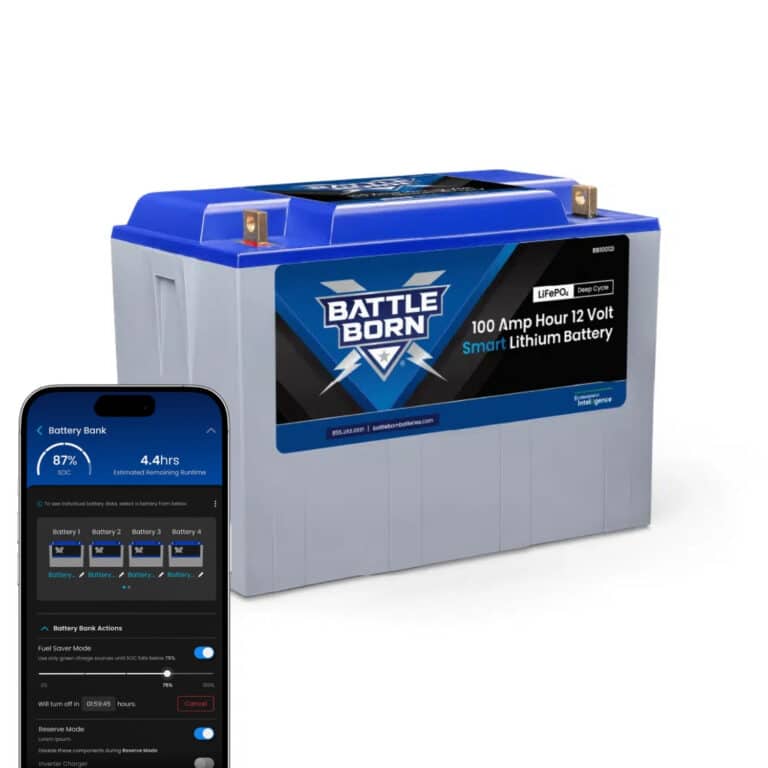
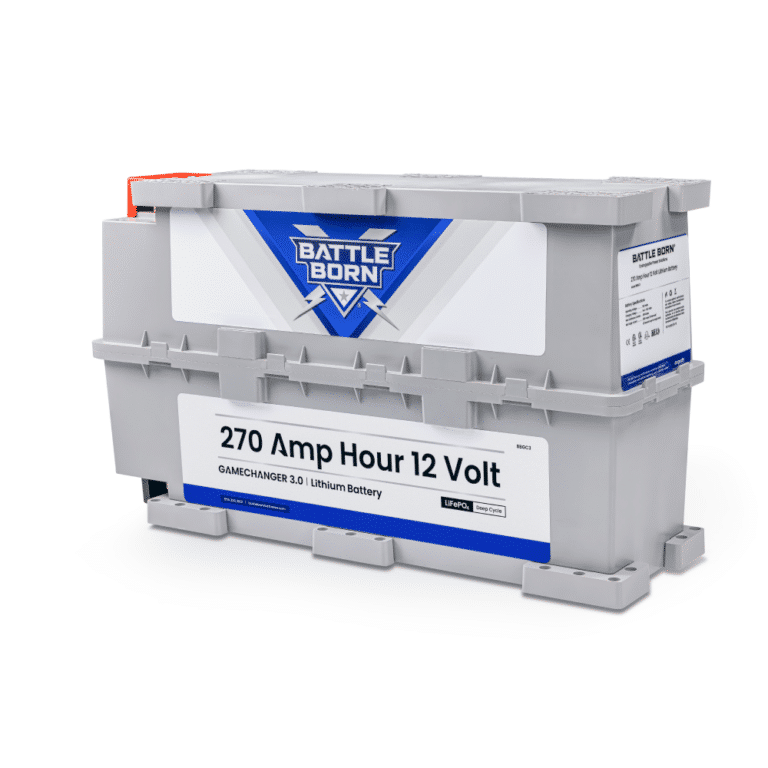
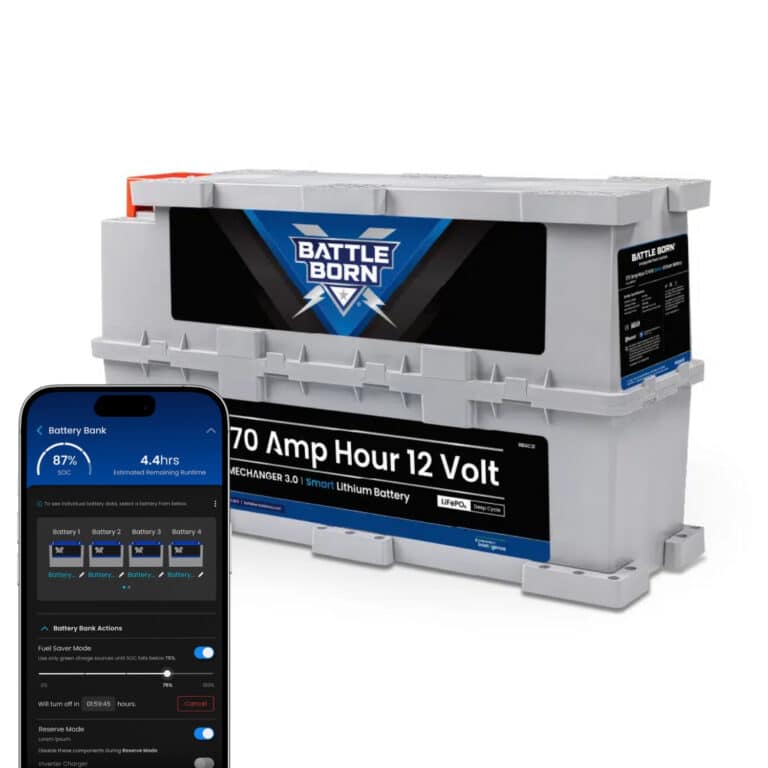
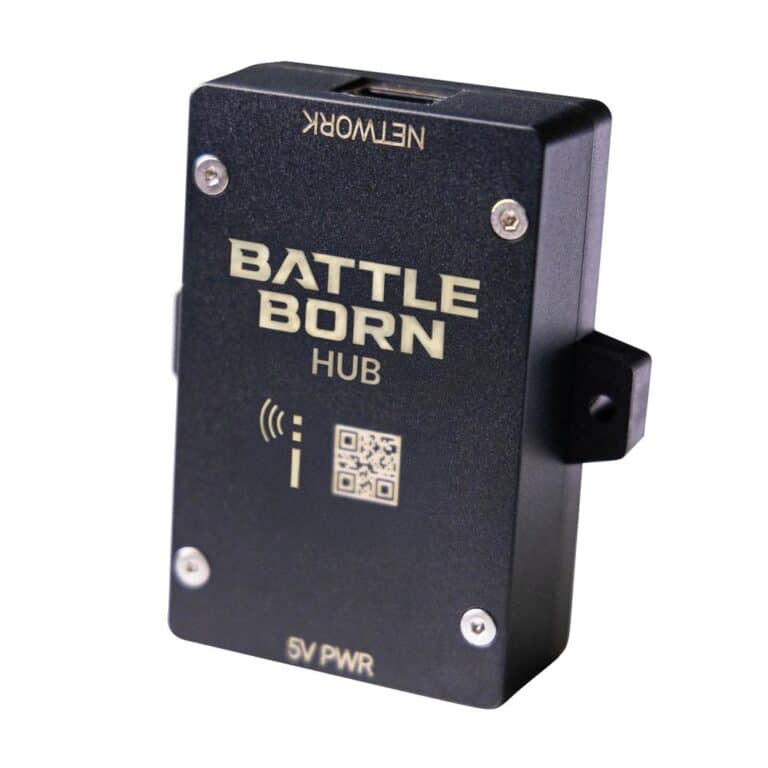
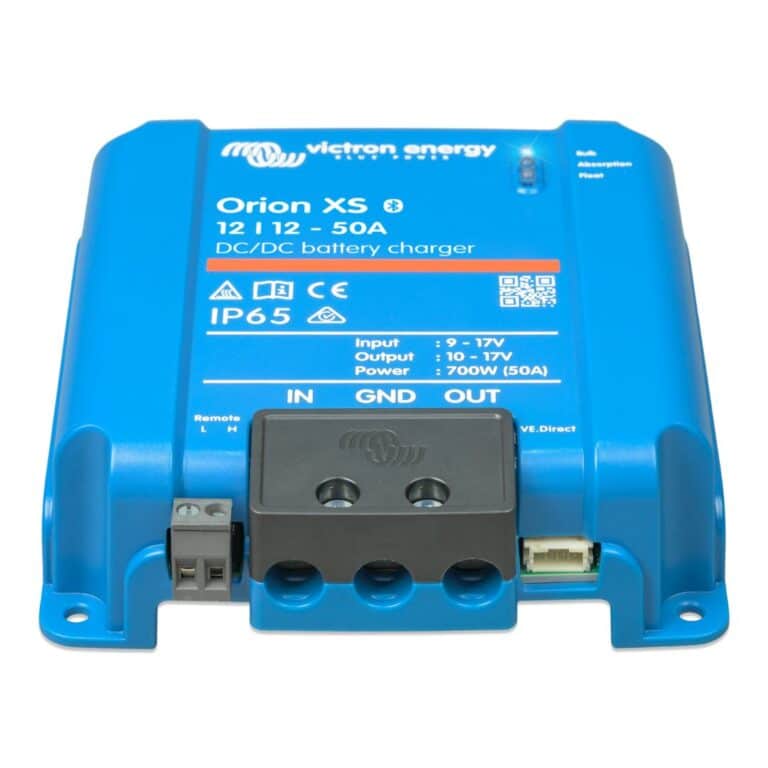
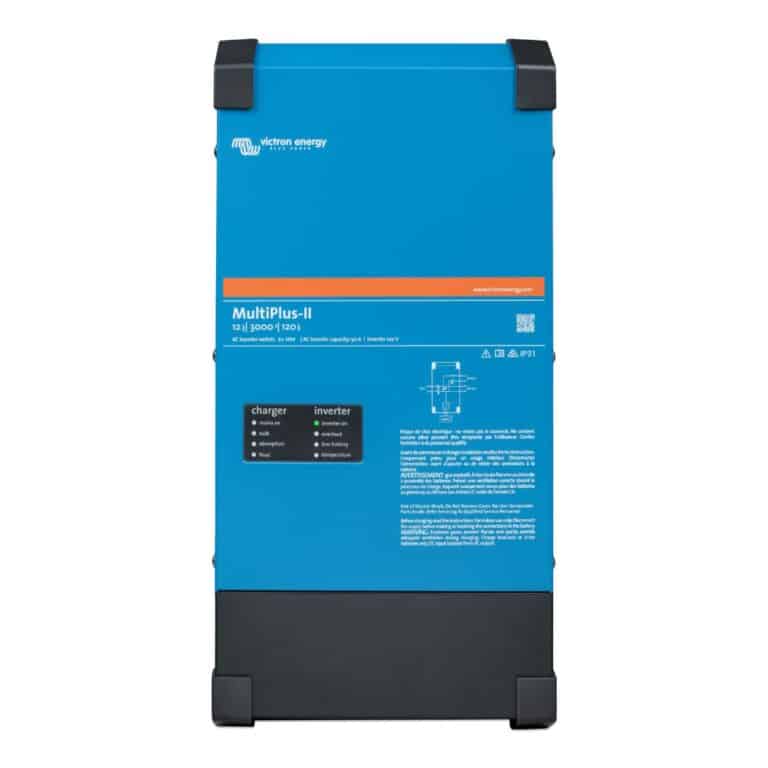
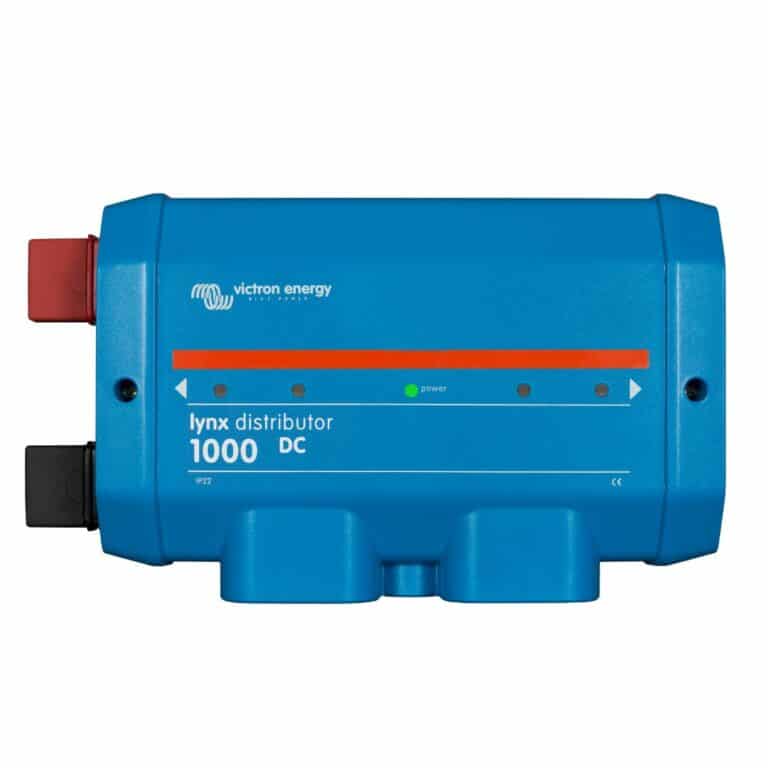
Ask a technical specialist now at 855.292.2831
Stay in the Know